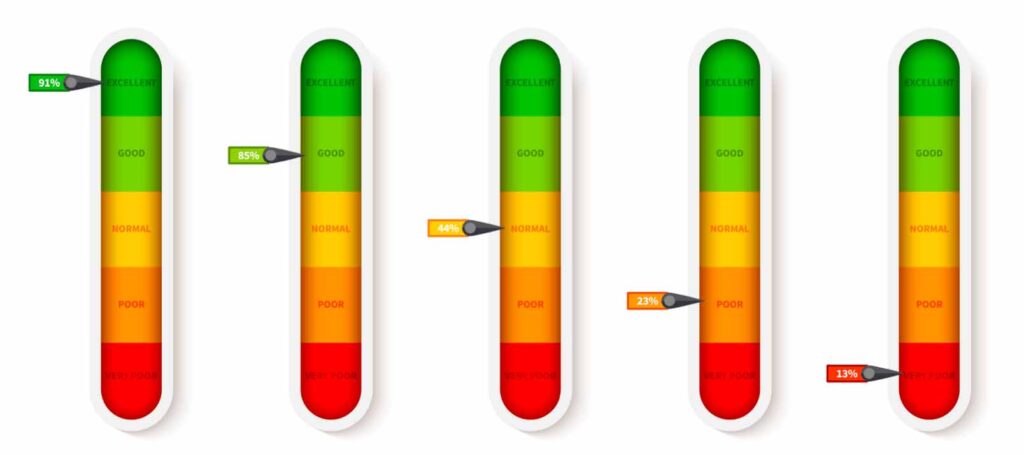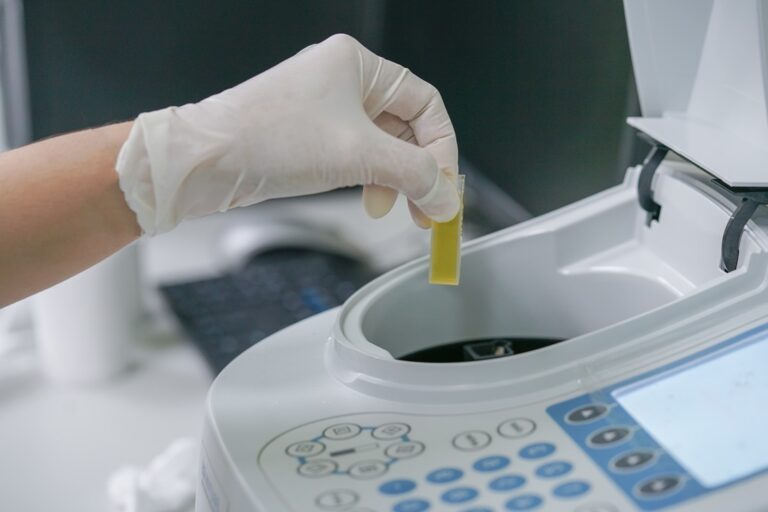Color Measurement: What it Is & How it Works
Color is a critical product quality attribute in many manufacturing processes, including plastics, paints, inks, textiles, food, pharmaceuticals, and many others. A color outside of what has been specified for a commercial product could mean that the product is degraded or damaged or that one of the raw materials has changed. Consumers are often very critical of color—if a product’s color is different than expected, they may assume something is wrong with the product. Color measurement systems are vital tools in quality control.

How is color measured?
Color is measured using a device, such as a color spectrophotometer, that captures the light reflected off or transmitted through an object and quantifies it in a reproducible way. Color must be accurately measured and communicated to ensure it is consistent and meets expected standards.
A common way to communicate and quantify color is using a “color space,” in which a color is described as a set of coordinates in that space. There are several different color spaces, each with its own purpose. For example, photographers are most concerned with transmitted light and therefore use additive colors (RGB) while printers are most concerned with reflected light and use subtractive colors (CMYK). Manufacturers of colored products, such as plastic compounds or parts, often use the L*a*b* color space or the Lch color space (which stands for lightness, chroma, and hue).
What tools are used for color measurement?
In the past, color was evaluated by the visual judgment of expert color matchers using color standards. Today, however, many industries widely use analytical instruments that can digitally communicate color measurements.
A colorimeter is a device that measures the absorbance of wavelengths of light. Laboratory benchtop colorimeters and handheld colorimeters can be used to measure color for color matching in product design and as a quality control tool in production. Colorimeters may use RGB or L*a*b* color spaces.
Color spectrophotometers are sophisticated instruments used to measure the intensity of electromagnetic energy at each wavelength of light in a specified region. A UV-Vis spectrophotometer is composed of a light source (lamp), a detector, a spectrometer (an optoelectronic device that converts the detected light energy into digital data), and color measurement software (to convert the data into a readable form, such as L*a*b* numbers, for the user to make decisions).
Because the type of light—such as daylight vs. a lamp with an incandescent bulb—can affect how a color appears, it is essential to have a steady light source when illuminating a sample to measure it. Temperature can also affect a color measurement. Therefore, when comparing or communicating color, it is essential to consider testing conditions, such as light source and temperature.
For more information about UV-Vis spectroscopy, read Equitech’s Knowledge Center resource: “Understanding What a Spectrophotometer Is and How it Works”.
Spectrophotometers are available in different types for different uses: benchtop instruments are used in the lab; portable or handheld spectrophotometers can be brought wherever a sample measurement needs to be made; and in-line or on-line spectrophotometers employ unique probes that measure material on the processing line.
Inline color measurement
Color is often measured during manufacturing as part of quality control. The conventional testing and measurement process is to take a sample from the production line and bring it to the lab, where it is typically measured by a benchtop spectrophotometer, compared to a specification, and judged as “in spec” or “off spec”. The delay between the sample’s time of production and time of measurement means that off-spec material may continue to be produced until a correction is made on the production line.
In-line color measurement, in contrast, is a modern manufacturing practice that allows producers to achieve real-time quality control. Color measurement occurs on the manufacturing line, and if the result is out of specification, a correction can be made immediately, thus reducing off-spec products. In-line measurement also has the advantage of producing a continuous stream of data that gives a more comprehensive picture of the process compared to testing a limited number of samples in the lab.
Equitech’s Inline Process Spectrophotometer (IPS) measures color and activates an alarm if the measurement exceeds the specification range. Equitech’s real-time quality assurance software provides a report of the results of a production run. Contact Equitech’s experts to learn more about how an in-line process spectrophotometer can benefit your operation.


